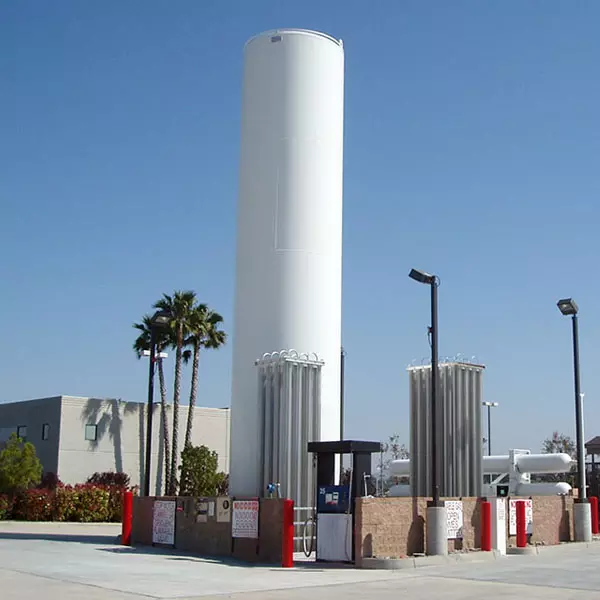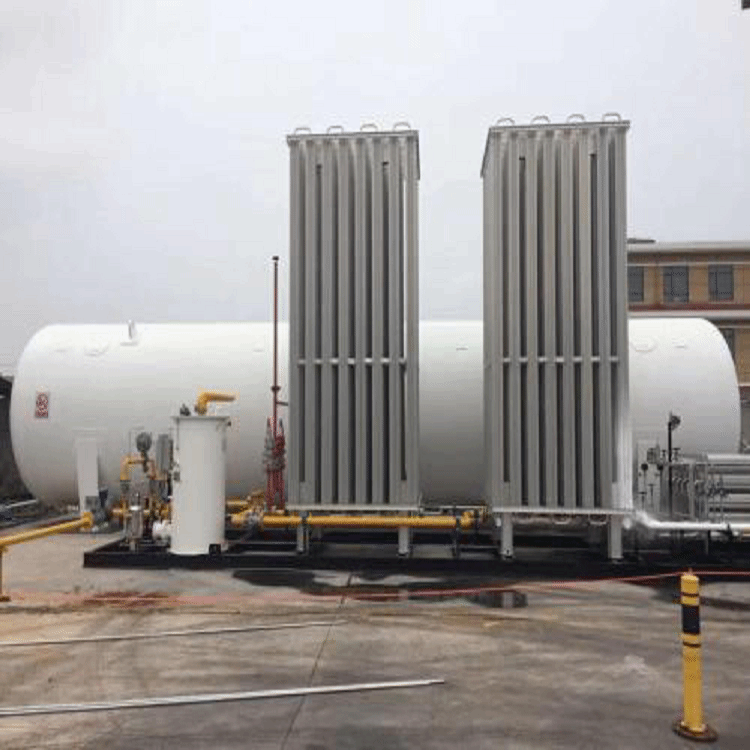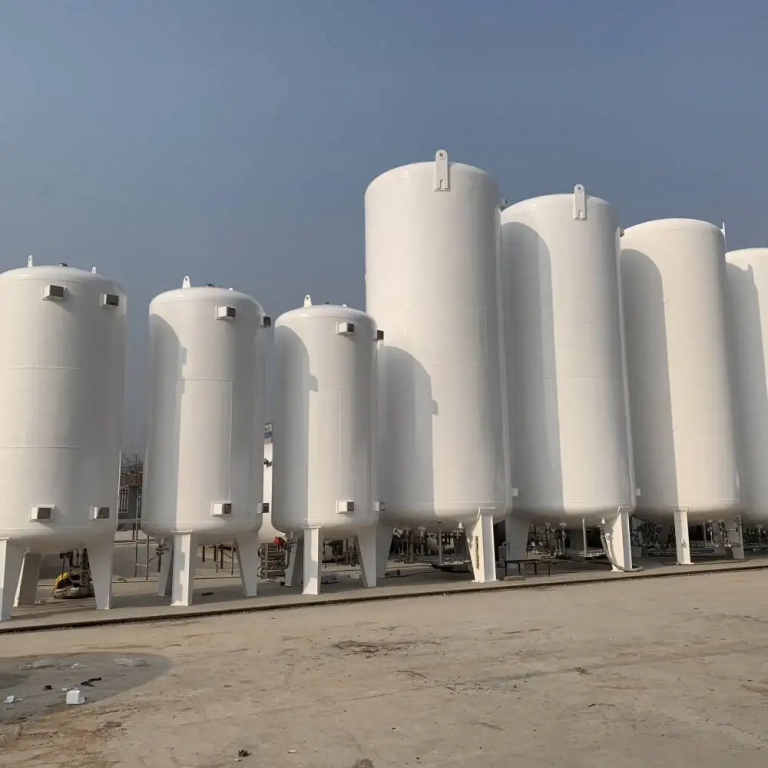1.Operators must hold a nationally recognized pressure vessel operation certification and thoroughly review the user manual for the liquid oxygen cryogenic storage tank prior to operation.
2.All safety accessories installed on the liquid oxygen storage tank must be within their valid inspection period and maintained in a sensitive, reliable, and fully functional condition.
3.The area surrounding the liquid oxygen storage tank must be kept clear of all debris. In particular, the storage and placement of flammable or combustible materials in the vicinity are strictly prohibited.
4.Prior to commissioning the liquid oxygen storage tank, purging and replacement procedures must be carried out to ensure that the oxygen purity inside the tank complies with national standards.

5.Filling Procedures for Liquid Oxygen Storage Tanks
- (1) Before filling, confirm that the medium is oxygen. The delivery hose from the liquid oxygen tanker must be securely connected to the inlet joint of the storage tank, ensuring no leakage occurs.
- (2) Open the filling valve, the liquid inlet valve of the storage tank, and the gas return valve, as well as the overflow drain valve, before initiating the transfer and filling process.
- (3) Closely monitor the pressure and liquid level of the storage tank throughout the filling operation.
- (4) Immediately terminate the filling process once liquid begins to discharge from the overflow valve. Overfilling is strictly prohibited.

6.In the event of frozen equipment, pipelines, or valves, thawing must be conducted using heated nitrogen or air at a temperature between 70°C and 80°C. Striking, open flame heating, or electrical heating methods are strictly forbidden.
7.Gas Withdrawal from the Storage Tank
- (1) Connect the user pipeline to the outlet of the vaporizer.
- (2) Open the liquid withdrawal valve linked to the vaporizer to allow vaporization of the liquid oxygen.
- (3) Open the vaporizer’s gas outlet valve to supply gaseous oxygen to the user system.


